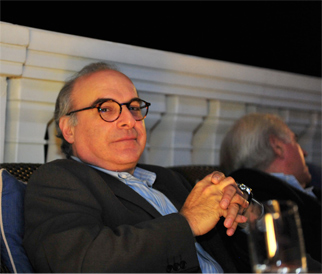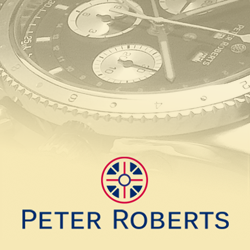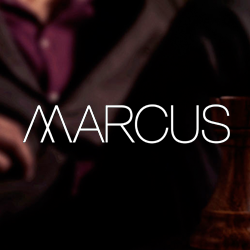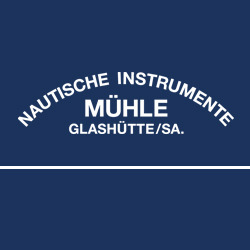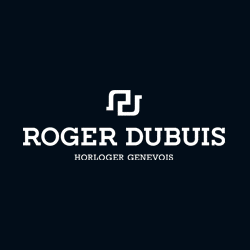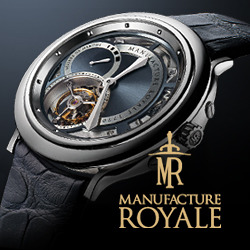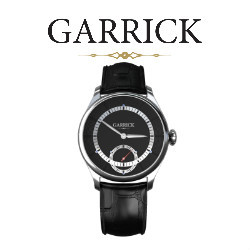Some watch brands augment their ranges with jewellery. Some jewellery brands complement their ranges with watches. Precious few master each to a degree where they excel in both disciplines. One of the few houses to have earned matching levels of respect in both fields is Chopard, a true manufacture that has transformed its image and reputation over the last decade.
That word ‘manufacture’, pronounced in the French manner, says it all: a manufacture is a watch company that – unlike the vast majority – makes many of its own movements in-house. Few consumers realise this, but watch cognoscenti value it above all other considerations when choosing one timepiece over another. It’s all about credibility, and nothing bestows greater prestige on a watch house than producing its own mechanical ‘hearts’.
Just over a decade ago, Chopard launched its own family of L.U.C. movements, produced in its own factory in Fleurier. The initials honour the brand’s founder, Louis-Ulysse Chopard. This momentous achievement signalled a return to Chopard’s roots, instantly drawing the attention of watch enthusiasts, while elevating the already-esteemed brand to even greater heights within the world of haute horlogerie.
In 1860, at the age of 24, Louis-Ulysse opened the first Chopard workshop in the town of Sonvilier in Switzerland’s Jura Mountains. Born into the family watchmaking tradition, Chopard applied the family name to pocket watches and chronometers, launching a dynasty that would last a century.
During the 1960s, though, watchmaker Paul-Andre Chopard realised that his sons did not wish to pursue the family craft, so he sold the company to Karl Scheufele, himself the heir to a family business in Pforzheim, Germany. Herr Scheufele’s specialty, however, was jewellery, and this would signal the birth of what may be regarded as Chopard’s second era.
Acquiring the company at a tumultuous time in the history of watchmaking – quartz was soon to arrive, wreaking havoc amongst the traditional makes – Chopard modernised the company and integrated a strong jewellery component into the company’s watches. Today, we take gem-enhanced watches for granted. 30 or 40 years ago, precious stones mounted on dials, cases or bracelets were less-common, more subdued. Chopard was one of the prescient brands able to foresee the idea of watches as ‘statement’ purchases, and one model in particular, through its wry wit and supreme elegance, caused a major ripple.
By 1975, the Chopard factory had moved from the centre of Geneva to Meyrin-Geneva. This also marked the concentrated effort to create ladies’ and jewellery timepieces of note, beginning a year later with the legendary Happy Diamonds collection. It was revolutionary: fun, sexy and charming all at once.
Cleverly, the Chopard designers sandwiched diamonds between two transparent sapphire crystals, the gems floating freely with every move of the wrist. The concept found an immediate following, joining the ranks of most beloved (and coveted) ladies’ watches of all-time, while creating one of Chopard’s most successful lines. Most important of all, the Happy Diamonds revealed Chopard as a masterful creator of jewelled watches.
Sporting watches, too, would follow, reflecting the passions of Karl Scheufele’s son, Karl-Friedrich, who, with his sister Caroline Gruosi-Scheufele, would assure Chopard’s ascendancy and continuity. Karl-Friedrich’s love for vintage motor cars – he has said that he would happily drive a 1920s Bentley for as his daily transport – sired another hugely successful range, the Mille Miglia series.
Containing both highly-precise chronographs and time-only watches, the Mille Miglias further demonstrated Chopard’s way with style and wit. It took a clever eye to see the charm of a rubber strap fashioned with the tread of a car tyre. Another series featured dials in the traditional racing team colours of the major countries that participate in motorsport at the highest level.
Yet another side of Chopard was demonstrated by the Mille Miglia series: the company’s willingness to sponsor all manner of events, from sport to the arts to various charities. Since 1988, Chopard has been the primary sponsor of the classic Mille Miglia vintage car rally, producing a new model every year to mark this tradition. A decade later, inaugurating Chopard’s close links to the film industry, the company partnered with the annual Cannes International Film Festival.
Charities have benefited enormously from Chopard’s unstinting efforts. One close to the maison is the Elton John AIDS Foundation: Chopard has continuously cooperated in fight against AIDS with Sir Elton John who established the foundation in 1993. Sir Elton still holds the post of its Chairman, and – in recognition of his sterling efforts – Chopard launches limited-edition Elton John watches to benefit the foundation. Never forsaking the air of elegance that makes Chopard stand out amongst so many watch companies, the brand co-sponsors the glamourous charity events annually held by the foundation, including the Elton John AIDS Foundation Oscar Party, White Tie & Tiara Ball and An Enduring Vision.
Caroline Gruosi-Scheufele, presently the co-president of Chopard worldwide, also ensures that support is provided for other charity organisations, including the International José Carreras Foundation involved in the fight against leukaemia and the Sabrina Foundation for sick children.
But the primary raison d’etre shall always be the watches that established the company nearly 150 years ago. The new millennium was marked by the introduction of the Chopard L.U.C Quattro watch, powered by a technically advanced calibre with four barrels, which provided a watch with a formidable 9-day power reserve. In 2001, it was joined by the Chopard L.U.C Tonneau watch, the first to be driven by a tonneau-shaped self-winding movement with off-centre micro-rotor.
Truly demonstrating the company’s new-found prowess was 2003’s Chopard Tourbillon, immediately positioning Chopard at the front rank of haute horlogerie manufacturers, while the jewellery collections were enhanced by the arrival of the Butterfly, Copacabana and Golden Diamonds collections. Each year brings a stunning new movement or complication, or delicious surprises like the Pro One diving watch with dual time zones and luminous green or orange indications.
And the future? Chopard recently announced fresh involvement with the yachting community, more Mille Miglias will emerge, the glitterati will favour wearing the brand’s watches and jewellery for the most stellar of events, and the Scheufele family – pere, fils et fille – will ensure than Chopard continues to sparkle. In every sense of the word.
(Cottrills, 2007)
